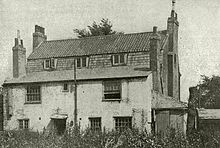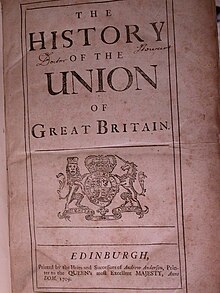Early life
نشرت فى 3 ديسمبر 2011
بواسطة kevok
Yasser kevok
موقعنا بيقدم كل حاجه انت عايزه واخر الاخبار الطازه »
أقسام الموقع
ابحث عندنا
تسجيل الدخول
عدد زيارات الموقع
239,037
الصور المختارة
مقالات مختارة
عندنا فى احلى موقع
هتلاقى فى موقعنا كل اللى انت عايزه ولو ملقتش شوف انت عايز ايه واحنا نجبهولك لغاية نتك







